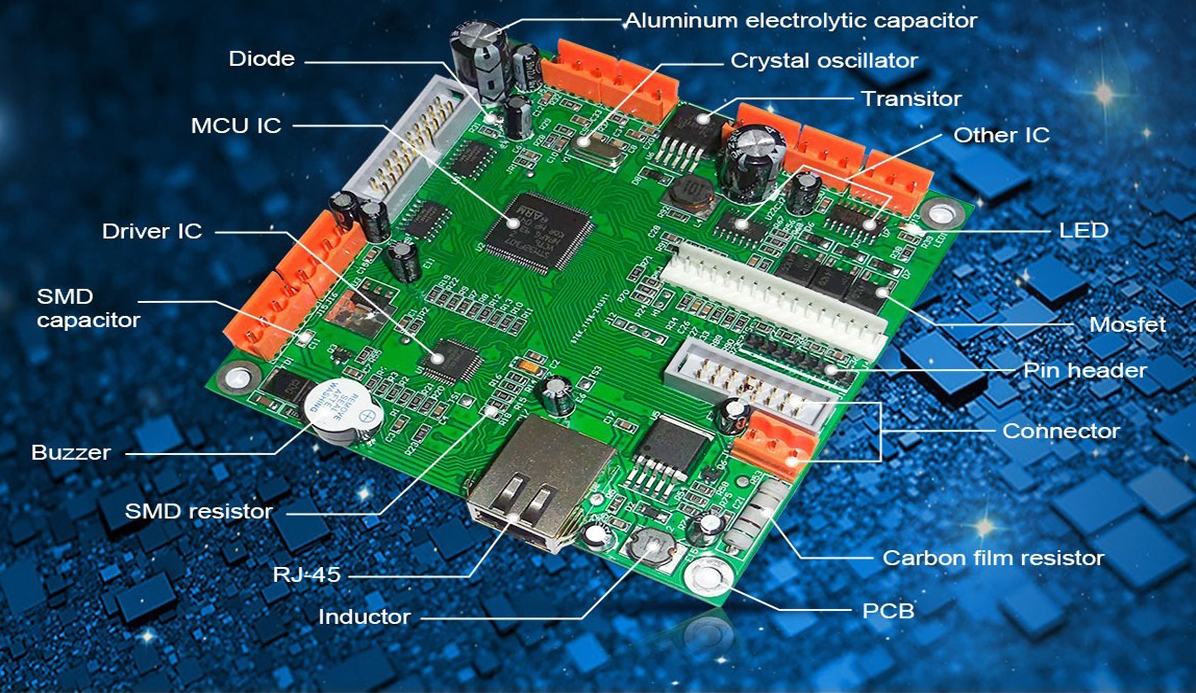Shenzhen Ruizhengwei Electronics Co., Ltd was founded in 2009 has become one of the domestic electronic components distinctive distributors, has the advantages of multiple product line channels, market positioning has been around how to more efficient service in micro, small and medium manufacturing enterprises, adhere to the independent stock heavy assets operation way to deal with the risk of micro, small and medium manufacturing enterprises production planning uncertainty, for micro, small and medium manufacturing enterprises from "spot + technology + sample + replace" quality service.
In order to better serve customers and achieve the company's business goals, Ruizheng Microelectronics has been continuously optimizing management processes, promoting functional combinations, strengthening management functions, and improving work efficiency since its establishment. It has established a standardized and orderly, scientific management, coordinated operation, streamlined and efficient organizational structure that meets the needs of the company's system, established a formal, efficient, and powerful image, and thus gained the recognition and trust of customers.
After more than 14 years of technological precipitation, our company has become one of the most distinctive distributors of electronic components in China. We have multiple high-quality product supply chains, with inventory models exceeding 10000, and a professional team of over 50 people serving end customers reaching 8000+. Our annual shipment volume exceeds 200 million, and we have won more than 10 honors and titles in the industry. In the future, we will work together with customers in various industries to create brilliance!









